Travelling exhibitions
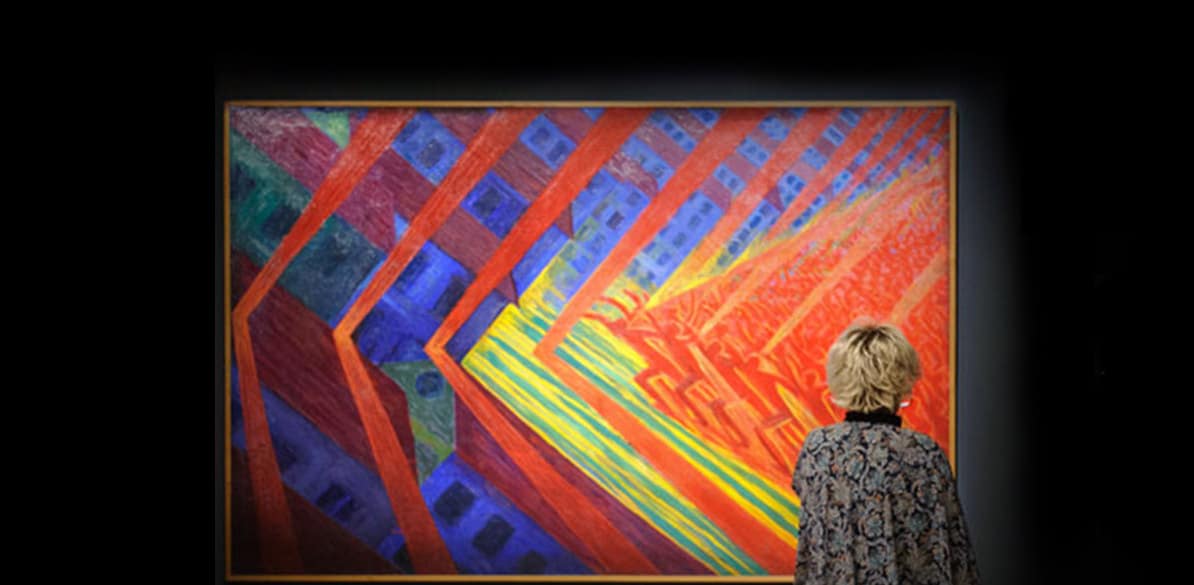
Our exhibition rooms in Madrid and Barcelona are not the only places you can enjoy our photography, drawing, painting and sculpture exhibitions. Once they have been presented in Spain, our idea is that they should be shared far and wide. We want to reach the rest of the world!
Thus the retrospective on Walker Evans headed to Sao Paulo, Stephen Shore to Berlin, Vanessa Winship to Las Palmas de Gran Canaria, the selection of drawings in our collection Hand with Pencil to El Salvador and From Divisionism to Futurism to the Museum of Modern and Contemporary Art of Trento e Rovereto, in Italy.
Part of our program travels to museums and cultural institutions in Europe, North America and Latin America. We want to take art to every corner of the globe. And we hope it reaches you too.
60 exhibitions
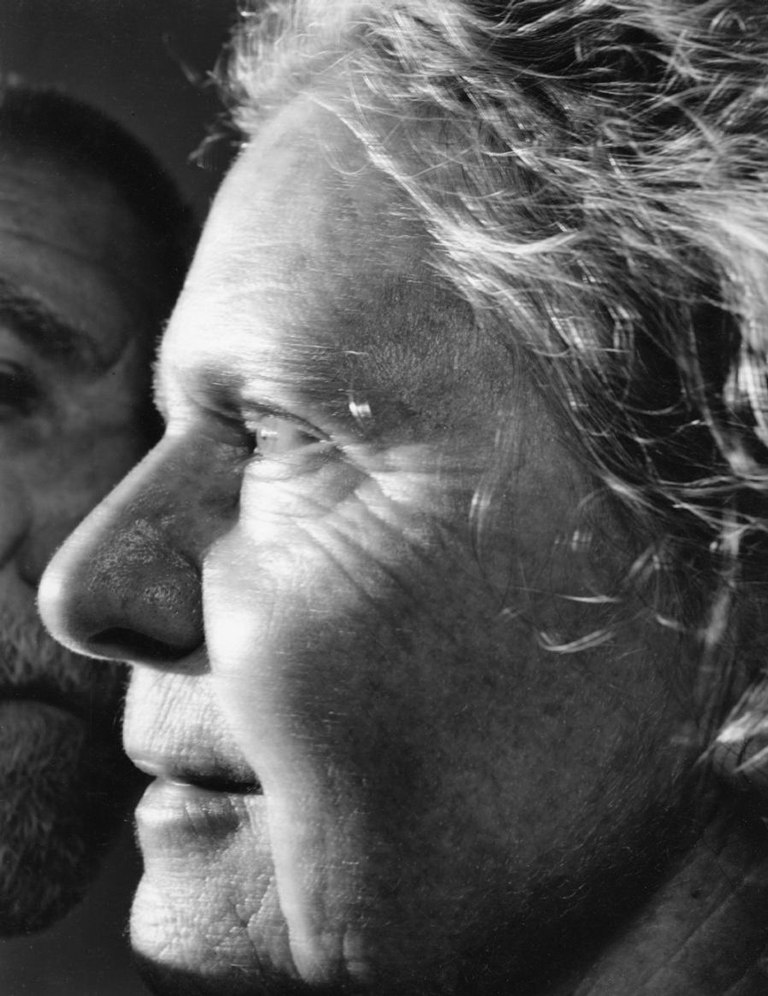
Bebe, Savignac de Miremont, 2011
Gelatin silver prints, contact
© Nicholas Nixon.
Fundación MAPFRE Collections.
NICHOLAS NIXON
–
Freedom. Closeness. Intensity.
Focusing principally on portraiture, and with an ability to bring out all the possibilities of his camera, through his work Nicholas Nixon offers us a world which encompasses the first glimpses of cityscapes in the 1970s, up until the well-known series of The Brown sisters. The elderly, the sick, the intimacy between couples and the family are just some of the themes that have captivated the artist throughout his career.
The slowness and absence of dramatic elements define a body of work which spans five decades. The American photographer employs a simple but flawless technique, with the use of a large-format camera which fosters the close proximity and cooperation of those being depicted.
Nixon gains people’s trust and manages to get them to show themselves naturally, which is what makes these images so vividly realistic and yet they do not lose their freshness despite being perfectly composed pictures. Nixon recognizes, brings forward and captures that which would never exist without his particular framing of it.
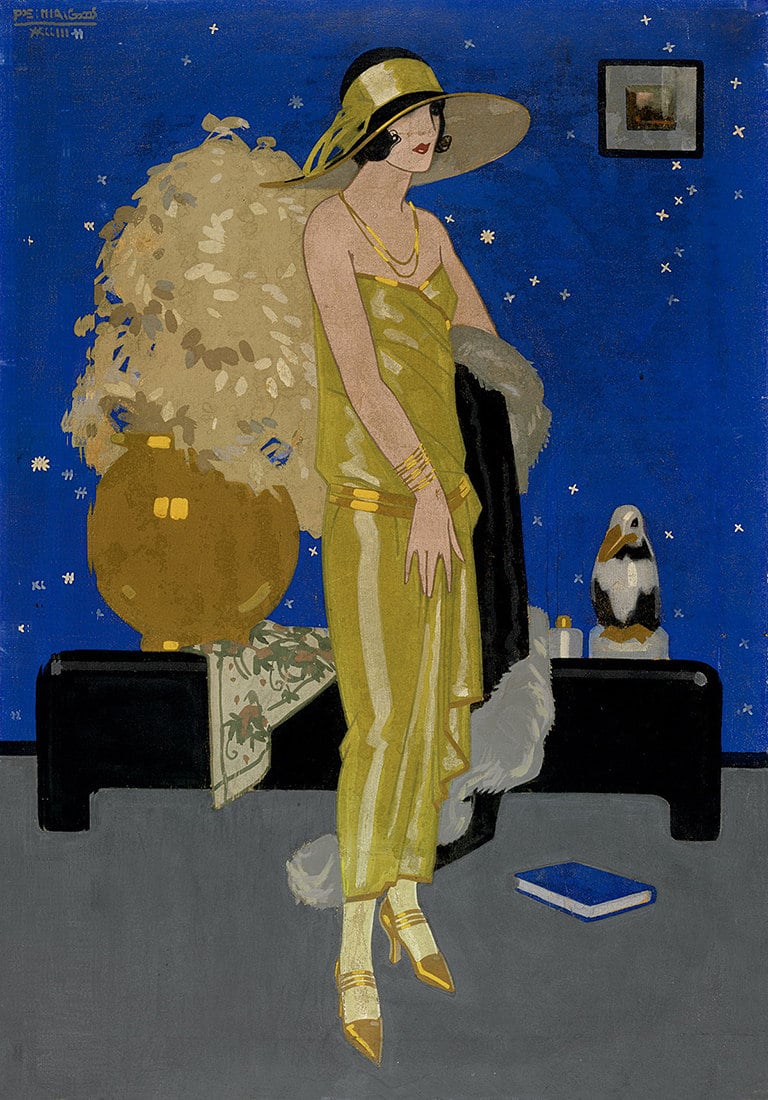
Rafael de Penagos
Untitled, 1923
Gouache on canvas
Fundación MAPFRE collections
RAFAEL DE PENAGOS. PORTRAIT OF THE MODERN WOMAN
–
Asociación Cultural Torres y Tapia
Cosmopolitan. Modern. Art Deco
Rafael de Penagos is considered as the artist that introduced Art Deco illustration into Spain. This illustrator played a fundamental role in modernizing Spanish illustration at the beginning of the 20th century and was the precursor to a new ideal of a modern and stylish feminine figure. The “women Penagos” are recognizable for their extreme modernity and sophisticated dress sense as well as their ways of behaving. They are a new kind of woman who has short hair, smokes and has a varied social and intellectual life.
The point of Penagos’ drawings was to introduce Spanish society of the time to new European trends. It was the ideal time to do so given that the openness of the 1920s was allowing for an aesthetic renewal to take place and any influences from the main European capitals were received with admiration.
Through the pages of magazines such as La Esfera, Blanco y Negro, Nuevo Mundo and ABC, and on the posters created for the Circle of Fine Arts and the companies Floralia and Gal, the artist portrays those “happy years of the 1920s” while configuring a new feminine ideal: “the modern Eve”.
Fundación MAPFRE owns the most important collection of Rafael de Penagos’ works, comprising around a hundred works, among which are original drawings and first editions of his published illustrations. This exhibition showcases some of these works.
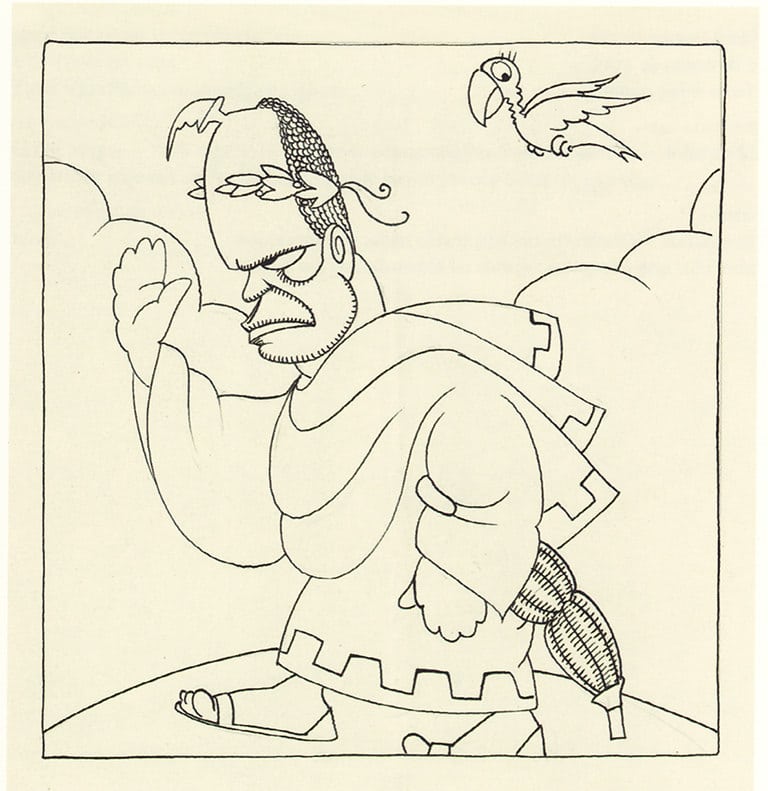
Luis Bagaría
The dictator gets angry, 8 january 1925
Fundación MAPFRE collections
© Fernando Maquieira
BAGARÍA IN THE SUN. POLITICS AND HUMOR DURING THE RESTORATION CRISIS FUNDACIÓN MAPFRE COLLECTIONS
–
Political caricature. Humor. Reflection.
Luis Bagaría (Barcelona, 1882 – Habana, 1940), trained in Catalan modernism, moved to Madrid in 1912 and got involved in the plans for national renewal backed by José Ortega y Gasset, firstly in the magazine España and, from December 1917 onwards, in the pages of the El Sol newspaper.
During a period in which censorship was rife, Bagaría managed to document and recreate the deterioration of the Restoration system and Primo de Rivera’s coup d’etat. With his particular drawing style and great ability to summarize events, through his caricatures Bagaría encourages us to reflect on a fairer world.
The Fundación MAPFRE collections house nearly five hundred of Bagaría’s sketches from the 1917-1926 period. A selection of about one hundred of these will be on display in Fundación MAPFRE Guanarteme from 12 September.
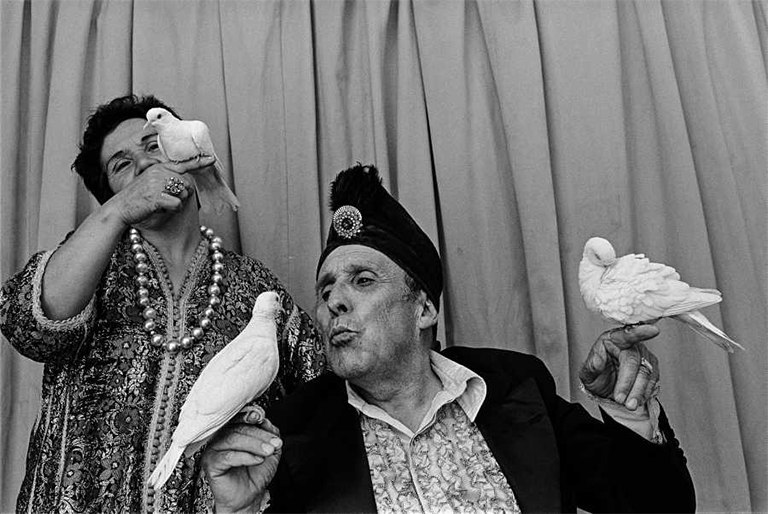
Paz Errázuriz
Mago Karman, Santiago, from the series The Circus, 1988
Fundación MAPFRE Collections
© Paz Errázuriz, courtesy of the artist
PAZ ERRÁZURIZ
–
Museum of Fine Arts, Santiago, Chile
Self-taught, committed and unconventional
Fascinated by photography from an early age, it was in 1972 when Paz Errázuriz (born in Santiago, Chile, 1944) began training herself as a self-taught photographer. From that moment her photography was a product of the period of Chilean history through which she lived: the fall of Salvador Allende’s Popular Unity government in 1973 and the establishing of Augusto Pinochet’s dictatorship which lasted until 1990.
Paz Errázuriz found that photography was the best way to defend the human rights of those who were excluded by the regime and by society. She fixed her attention upon those who, due to their appearance or circumstances, formed a marginalized and entrapped society: the mentally ill, the homeless, circus performers, transsexuals, prostitutes and indigenous natives. The black and white shots and the anonymous faces of misfit Chileans became a voice of condemnation of the regime.
She is a photographer who works with difficult and uncomfortable subjects, giving no concessions whatsoever to the viewer. The results of her unconventional way of exploring reality are the impactful photographs she has taken over more than four decades.
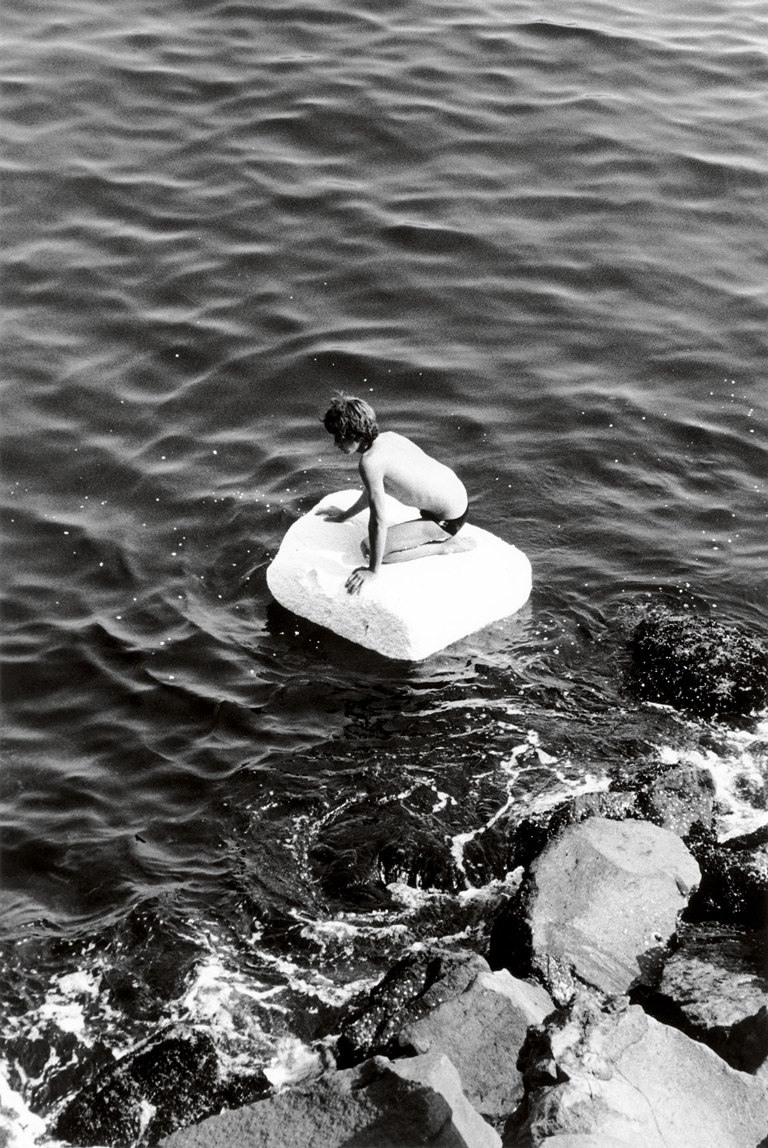
Peter Hujar. Boy on Raft, 1978
The Morgan Library & Museum, The Peter Hujar Collection.
Acquired thanks to The Charina Endowment Fund, 2013. 108:1.97.
© The Peter Hujar Archive, LLC. Courtesy of Pace/MacGill Gallery, Nueva York, y Fraenkel Gallery, San Francisco.
PETER HUJAR. SPEED OF LIFE
–
Intimacy. Audacity. Encounter.
“I can express myself only through photography”. These words of Peter Hujar, an artist with a reserved nature, define a career which reflects an entire era, from the fifties to his death in 1987, and which can be seen in this exhibition of more than 150 works.
Peter Hujar was born in Trenton, New Jersey, in 1934 and grew up in the countryside until his mother took him to live with her in Manhattan when he was 11 years old. From this point onwards his life and his work were intimately linked to Downtown New York, where he shot portraits of artists he knew and respected such as Andy Warhol and Susan Sontag as well as other anonymous figures of the New York scene.
For Hujar, the encounter with the other person was of vital importance, namely the relationship between the artist and the person being portrayed, which would allow for the person to be captured by his camera in a natural way. His portraits reflect an atmosphere of intimacy with the person being photographed due to his way of taking photographs calmly and closely.
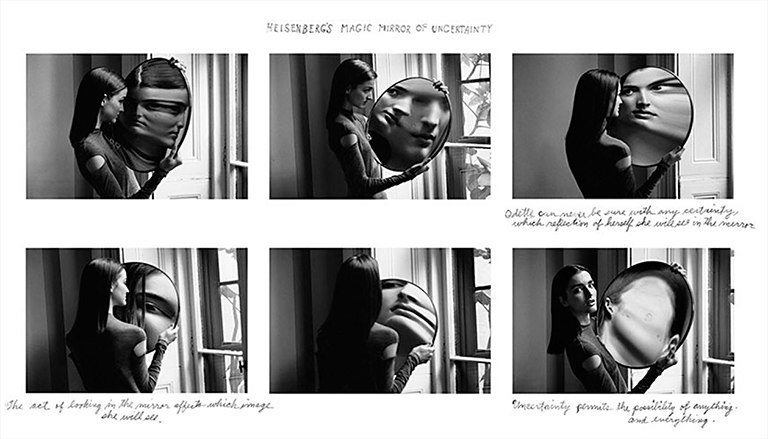
Duane Michals, Dr. Heisenberg's Magic Mirror of Uncertainty, 1998
Sequence of 6 copies in silver gelatin with handwritten text. Courtesy of DC Moore Gallery, New York © Duane Michals
DUANE MICHALS EN TURÍN
–
“When you look at my photographs you are looking into my mind”. These words of DUANE MICHALS hold the key to understanding his work and his philosophy on life.
Michals is one of the most prestigious names in North American avant-garde photography. Born in McKeesport, Pennsylvania, in 1932, he continues creating to this day, at 85 years old, inventing forms and using new resources to communicate his feelings in the most precise way possible.
This original artist maintains that he was lucky never to have studied photography, as this enabled him to distance himself from the self-imposed norms of traditional photography. He is currently recognized as one of the artists who has done most to thoroughly renew the language of photography over recent decades.
Michals believes that the limitations of an individual image are insufficient to express its inner being. To overcome these limits he employs series, sequences through which he constructs a story, including handwritten texts on the developed copies.
An artist that hovers between photography, painting, theater and writing, Michals seeks to photograph, precisely, what cannot be seen.
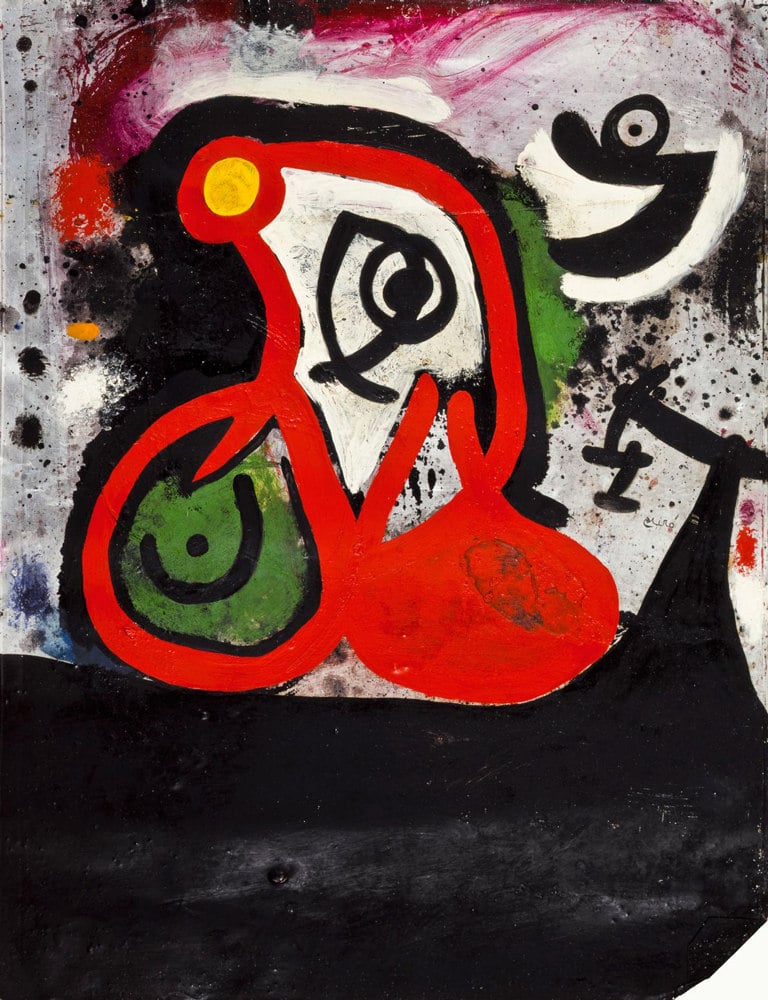
JOAN MIRÓ
[Woman, bird], 1970
Oil on zinc
Private collection in temporary storage
© Successió Miró 2018
PICASSO & MIRÓ. THE FLESH & THE SPIRIT
–
Grandmaster´s Palace, Valetta, Malta
It was a tribute in waiting to link the two great masters Picasso and Miró, through works held in our collections, comprising some of the Joan Miró works lodged with us and the Vollard Suite by Picasso. The carnality of Picasso and the spirituality of Miró come together in this show, allowing us to appreciate how Picasso was able to renovate art, basically through line drawings and sketches, while the most striking quality of Miró is his use of color and the intensity with which he manipulates it. These are the elements that stand out most in the works we have chosen from both masters, and the meeting we have engineered between them.
This exhibition forms part of the events relating to “Picasso- Mediterranée” one of the most important initiatives organized around the figure of Picasso, in which over fifty institutions from all over Europe are involved. The idea behind it is to highlight the relationship that the artist from Malaga had with the world of the Mediterranean. Organized thanks to the initiative of the Musée Nationale Picasso-Paris, the program explores the artist’s creations and the places that inspired him, giving rise to an unparalleled cultural experience.

Bebe, Savignac de Miremont, 2011
Gelatin silver prints, contact
© Nicholas Nixon.
Fundación MAPFRE Collections.
NICHOLAS NIXON
–
Andalusian Center of Photography
Delicacy. Precision. Soul.
Nicholas Nixon is without doubt one of the leading figures of contemporary photography. His work is characterized by his ability to capture the very essence of his subjects combined with impeccable technique, which requires working quite slowly in an age identified with speed, a factor that makes his portraits unmistakable. After presenting in Madrid the first ever retrospective in Spain of his work, our exhibition is now coming to the Andalusian Center of Photography. The show, comprising over 200 of his works, ranges from his first city views in the 1970s up to the famous series of The Brown Sisters. The elderly, the sick, the intimacy between couples and the family are just some of the themes that have captivated the artist throughout his career.
However, his greatest contribution to the history of photography is the series The Brown Sisters, a work in progress that still continues, inescapable and present in our collection, a series that has become one of the great icons of 20th century photography.
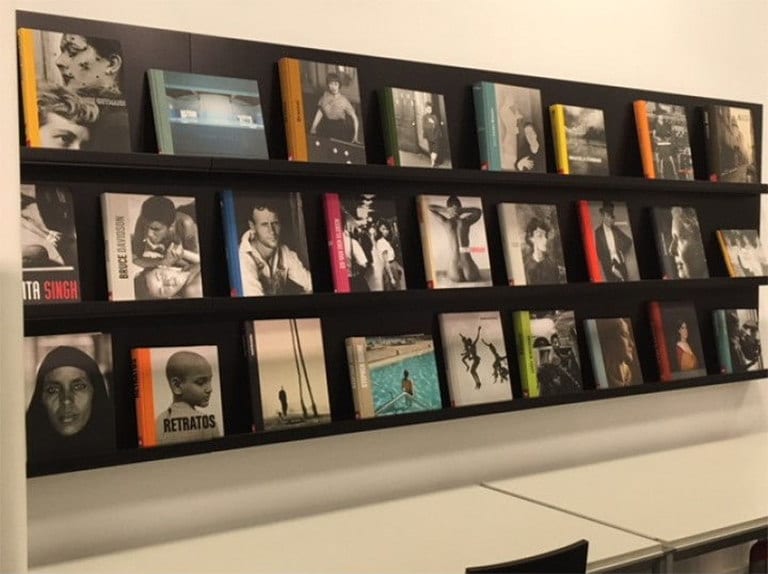
THE FUNDACIÓN MAPFRE PHOTOGRAPHY BOOKS
–
Andalusian Center of Photography
Julia Margaret Cameron, Ed Van der Elsken, Duane Michals, Graciela Iturbide, Peter Hujar, Bruce Davidson, Hiroshi Sugimoto, Paz Errázuriz, Paul Strand and Garry Winogrand are just some of the great photographers we have featured in our program of photography since 2009.
Each exhibition is accompanied by a publication which, in addition to complementing the show, becomes a bibliographical point of reference on the work of the artist. In the realm of photography, Fundación MAPFRE has become an international authority, and all of the books published provide us with an important overview of the current photographic landscape, with monographs on the great masters of the 20th century and the established figures of contemporary photography.
The Andalusian Center of Photography now provides us with the opportunity to see these publications gathered together, revealing the work of great photographers: from Brassaï, whose work can be seen in our exhibition hall in Barcelona, through to Anna Malagrida via Walker Evans, Stephen Shore, Cartier Bresson and Fazal Sheikh among others.
